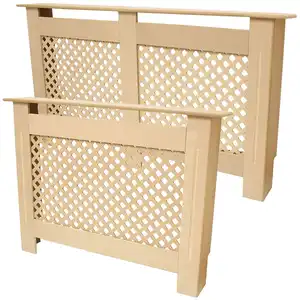
Heat Grills Cabinet Radiator Cover Price Painted S/M/L/ heating cabinet Adjustable Radiator fireplace Cover
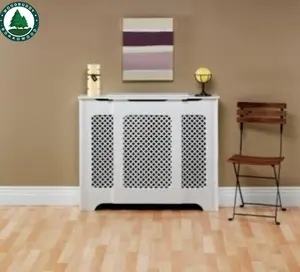


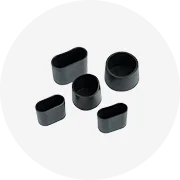
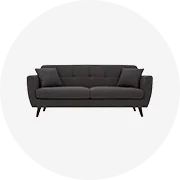

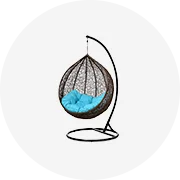
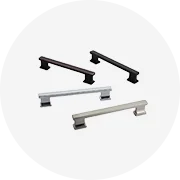
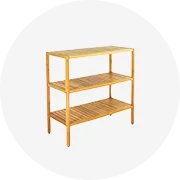
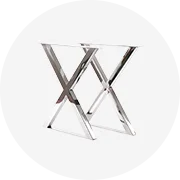
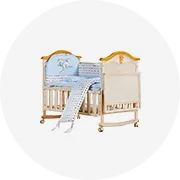
With a plethora of options available, selecting the right heating radiator cover can seem overwhelming. Radiator covers not only elevate the aesthetic appeal of your space but also serve multiple purposes such as reclaiming lost space, providing safety for children and pets, and potentially improving heat efficiency. This comprehensive buyer's guide will help you navigate the different types of radiator covers, the materials used, how to choose the right size and fit, and how to harmonize the style of the cover with your interior design. We will also delve into safety considerations, especially for households with children and pets.
A radiator cover is essentially a three-sided box with a lid on top and feet at the bottom. It's typically made from materials like MDF, which is cost-effective and stable, making it a good choice for a painted cover. The cover allows heat to radiate outward through a large opening covered by a decorative metal screen. Behind the radiator, a sheet of metal helps reflect heat out into the room. The cover not only enhances the aesthetic appeal of your radiator but also helps reclaim some wasted space.
Radiator covers serve multiple purposes. They can help reclaim lost space, providing a flat surface for displaying items. For families with young children or pets, radiator covers can act as a safety measure, preventing accidental burns. They can also reduce noise from old radiators and enhance the aesthetics of a room. Some well-designed radiator covers can even improve heat efficiency, adding a few degrees to your room's warmth.
Radiator covers come in two main styles: a topper that sits above the radiator, and a cabinet that covers the top and three sides. Regardless of the style, it's crucial that the cover has openings on the top and all sides for heat circulation. They should also be sturdy, especially if you plan to use the top as a shelf. Toppers are typically made of wood, while cabinets can be made from a variety of materials. Remember, any cover you choose will affect the heat output, so ensure it has ample ventilation openings.
When choosing the right material for your radiator cover, you have two main style choices: a topper that sits above the radiator, or a cabinet that covers the top and three sides. Both styles should be sturdy, especially if you plan to use the top as a shelf. Toppers are typically made of wood. Materials commonly used to make cabinets (covers) include wood, metal, and plastic. Regardless of the material, lining the cover with a reflective foil can enhance heat output into the room.
Wood is a popular choice for radiator covers, primarily for its childproofing benefits. Although it's not the best conductor of heat, it won't get as warm as other materials like metal, thus absorbing some of the heat. To improve heat output, it's advisable to have lines and gaps in your wooden radiator cover. This helps keep your rooms warm while ensuring safety, especially for households with children.
Metal radiator covers are another popular choice, often made from galvanised steel. The galvanising process chemically bonds zinc to steel or iron, preventing rust and ensuring longevity. However, as metal conducts heat, these covers can become quite hot, which may not be suitable for homes with small children. Despite their stylish appearance, the safety aspect should be considered before opting for metal radiator covers.
Plastic radiators, including radiator covers, have some advantages. They are lighter and less expensive than metal counterparts, making them a cost-effective choice. However, they may not be as durable. Exposure to high temperatures can cause plastic radiators to crack, necessitating replacement. They might be a suitable option if you're looking to keep your heating system light or if it's not used frequently. But remember, once damaged, plastic covers will need to be replaced, unlike metal ones that can be repaired.
When choosing a radiator cover, size and fit are crucial. Measure beyond pipes and valves for width, adding at least 2 1/2″ to your radiator's existing width. For height, measure from floor to top, adding at least 1 1/2″. If opting for an insulated top or humidifier, add an additional 1/2″ or 3″ respectively. Depth should be larger than the radiator, with at least 1 1/2″ added to the existing depth. Remember, precise measurements are essential as radiator covers are not returnable.
Measuring your radiator for a cover involves several steps. First, measure the widest length of your radiator, including the valves on either side, and add 50mm to this measurement. Next, measure the height of your radiator and add 50mm. Be sure to measure both sides of the radiator if it's 1800mm or longer. Finally, measure the distance between the wall and the radiator to determine the depth. If you have pipework underneath the radiator, take this measurement below your radiator. Remember to add a standard tolerance to your depth measurement.
Choosing between custom and standard sizes for your radiator cover is a crucial decision. If you're purchasing a ready-made cover, follow the manufacturer's measuring instructions. However, it's important to ensure the finished size fits without hitting obstructions, like window trim above the radiator or nearby walls. While some places will custom-build radiator covers for you, it's likely going to be cheaper to build one yourself, especially if you're considering hardwood.
Radiator covers can greatly enhance the aesthetics of your space. From DIY to mid-century modern designs, there's a style for every interior. For a modern look, consider a two-toned wood cover or a minimalist shelf. If you prefer a classic touch, a baroque design or a cover resembling classic furniture could be your choice. For those who love rustic charm, a pallet-style cover adds a farmhouse feel. You can also add unique elements like glass accents or iron artwork to make a statement. Remember, the style of your radiator cover should complement your interior design.
When choosing a radiator cover, consider how it will fit into your interior design. For instance, you can paint the cover the same color as your walls to make it less noticeable. If you have a beautiful radiator, matching it to the room can make the overall scheme feel calmer. Alternatively, you can use a console table over a radiator, which not only hides the radiator but also provides a useful surface for decorative objects, lamps, and picture frames. This can create a lovely vignette in your living room. Remember, the design of your radiator cover can significantly impact the aesthetics of your room.
We offer a range of both modern and traditional styles. For those who prefer a contemporary look, we offer sleek and minimalist designs, as well as more eclectic options with wooden accents. These radiator covers, both freestanding or floating, allow you to express your unique style. On the other hand, for the traditionalists, we have a classic range, available with various grille styles. These covers maintain a timeless aesthetic while still providing the functionality of a radiator cover.
Radiator covers, especially in kindergartens and schools, play a crucial role in safety. They prevent children from touching hot radiators, averting dangerous burns. Child-safe radiator covers offer additional safety features like rounded corners to prevent severe injuries in case of accidents. However, a poorly designed radiator cover can lead to heat loss, which is undesirable in warm environments like schools and kindergartens. To mitigate this, radiator covers should be designed with air vents to stimulate heat circulation, limiting any potential heat loss.
Radiators warm a room through convection, with warm air rising and cold air sinking. When a radiator is covered, some of the heat generated is blocked, diminishing the convection current’s flow. Radiator covers do block some heat, which can negatively affect your heating system's efficiency. However, if your radiator cover comes with a reflector to insulate the wall, you can increase the radiator’s efficiency. Some radiator covers can increase the radiator’s efficiency by offering a darker and closer fitting surface that helps radiate the heat more effectively.
Keep your home safe for children and pets by covering your hot radiator. You can even use safety tiles for baby & pet proofing cabinets, stoves, glass tables, and other dangerous objects in the home. These tiles can be connected to create children or pet safety gates, in addition, you can use them as a divider or even a privacy screen.
In conclusion, selecting the right radiator cover involves a careful consideration of various factors. From understanding the purpose and types of radiator covers, choosing the right material, ensuring the correct size and fit, to matching the style with your interior design, each step plays a crucial role in making an informed decision. Safety considerations, especially in homes with children and pets, are paramount. While radiator covers can slightly affect heat output, with the right design and material, this can be mitigated. Ultimately, the right radiator cover can enhance your room's aesthetics, provide safety, and even improve your heating system's efficiency.